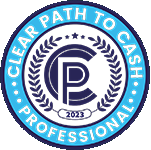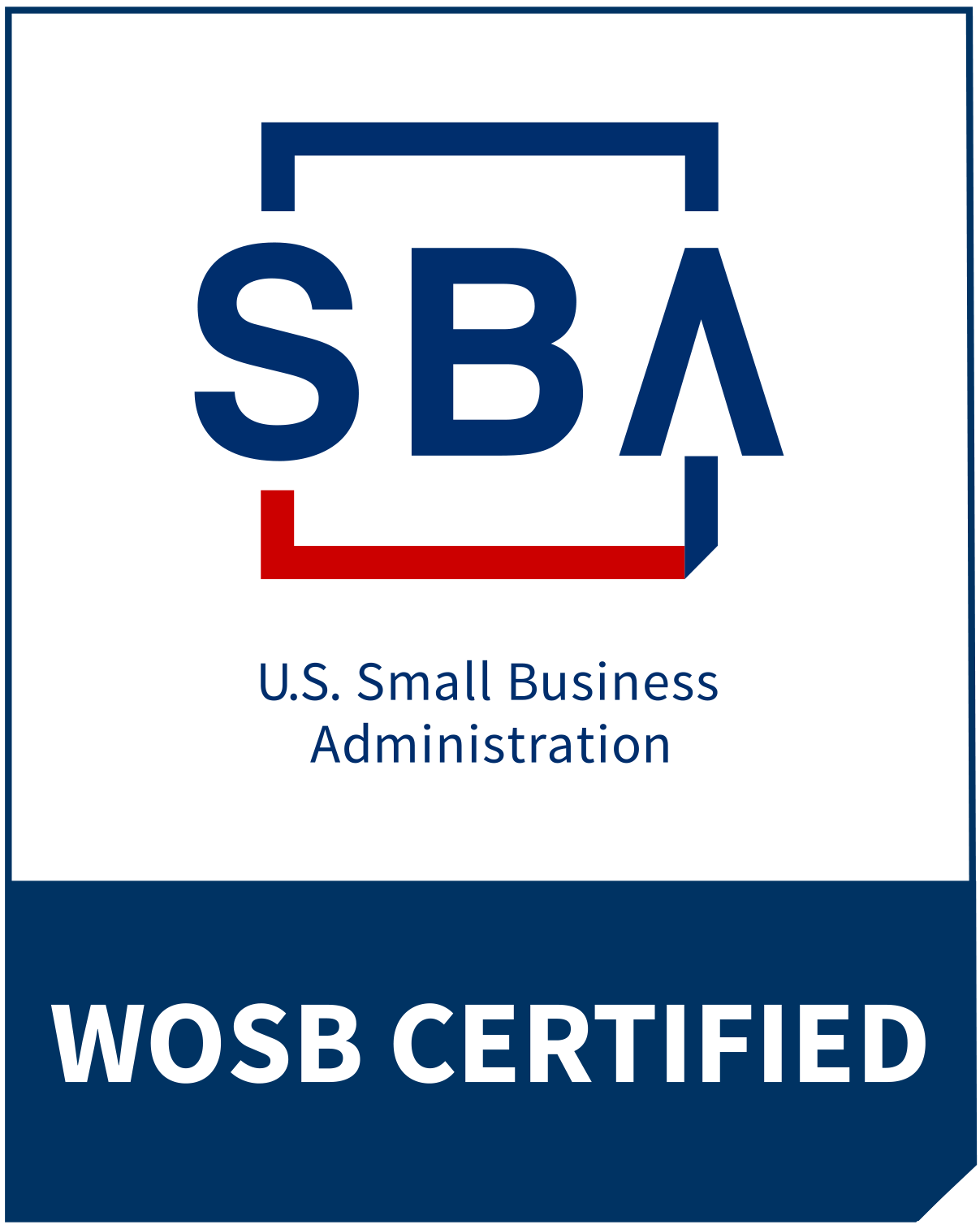Why Tech Isn’t Saving You—The Trap That’s Costing You Profits
Why Tech Isn’t Saving You—The Trap That’s Costing You Profits
You’re juggling deadlines, team questions, client demands—and trying to remember what it feels like to get ahead instead of just catching up.
So when things feel chaotic, expenses are creeping up, and profits aren’t matching the effort, it’s easy to think:
A better tool will fix this.
But the real issue? You’re growing broke.
Growing broke means that revenue is increasing, but profits are shrinking. You’re busier than ever, but the financials tell a different story—and you’re the one holding everything together.
It’s tempting to reach for technology as the solution. But if your systems are unclear, inconsistent, or missing altogether, tech won’t save you.
It’ll just speed up the mess.
Tech Isn’t a Strategy—It’s a Multiplier
Technology is not a plan. It’s an amplifier. And amplifiers don’t distinguish between good and bad—they just make whatever’s there louder.
If you’re already operating from a place of disorganization:
Tech makes it more confusing.
Tools stack up, unused or under-leveraged.
You spend money trying to fix problems you haven’t fully defined.
If your team is unsure of their roles, or if processes vary depending on who’s available, adding a new tool can actually increase friction. Instead of reducing mental load, it adds more setup, more logins, more learning curves—and still no clarity.
Build the System First—Then Choose the Tools
Before you reach for automation or a shiny new platform, pause and assess the foundation. You want technology to serve a system—not replace one.
Here’s what that looks like:
- Map out what’s actually happening. Don’t assume—trace the real workflow from start to finish.
- Get clear on what’s broken. Are you dealing with missed handoffs, unclear expectations, or duplicate work?
- Define what success looks like. What outcome are you aiming for, and how will you know it’s working?
- Simplify the process. If it takes 12 steps to do something, ask: Can it be done in 8 or 6 without losing quality?
- Clarify ownership. Make sure someone owns each part of the process—not just the task.
- Run the process manually—at least 15 times. Use what’s already available: shared docs, spreadsheets, or simple checklists. This gives you room to test, refine, and adapt before investing in tools.
When you build the system first, you also gain visibility into where the money is going.
You’ll spot duplicate work, unnecessary subscriptions, and hidden inefficiencies that eat into profit—before they scale.
Strong systems don’t just streamline operations—they help stabilize the bottom line.
Remember: systems are only systems if there’s a repeatable set of steps to follow.
If your process is still evolving or varies depending on who’s running it, it’s not ready for automation yet.
And keep in mind that not every process or system is worth automating.
Effectiveness Before Efficiency
Let’s be honest: when your plate is overflowing, speed is tempting.
But faster isn’t better if the direction is wrong. Automation applied to a messy process doesn’t solve it—it just helps the mess travel faster.
When you start with effectiveness, then layer in efficiency, the payoffs are real:
Your team spends less time chasing clarity.
Your clients get a smoother, more professional experience.
You stop reinventing the wheel
Your profit margin improves—because work is getting done right the first time.
This is how businesses shift from reactive to scalable. From survival to sustainability.
Watch for This Sneaky Red Flag
One of the clearest signs your business is putting a band-aid on deeper issues?
You or your team say things like:
“We just need the right software…”
“Once we implement this, we’ll be fine…”
“Let’s automate it so we don’t have to think about it…”
It sounds logical—but what’s usually underneath it is decision fatigue, lack of documentation, or unclear roles.
No amount of automation solves that. But structure does. Ownership does. Clear, tested systems do.
Sustainable Profit Starts with Simplicity
The CEOs I work with aren’t afraid of work. But they are tired of wasted effort, tech debt, and systems that only exist in their heads.
They want more consistency, less reactivity. More traction, fewer surprises. And most of all—they want to stop growing broke.
That’s what systems provide.
That’s what the right technology supports.
But the tools come last.
Want to Dig Deeper?
If you’re ready to stop putting a band-aid on broken processes and build something that actually works—long-term—I’d love to help.
Visit 3SSmartConsulting.com for more insights and articles.
Sign up for my email list to get early updates on my book, practical tools, and strategies you can actually use.
Or book a free strategy call at StopGrowingBroke.biz and let’s talk about your business, your systems, and how to start scaling smart.
You don’t have to figure it out alone—and you don’t need to add more chaos in the name of “fixing” it.
Related Posts

The Secret to Scaling Without Growing Broke





